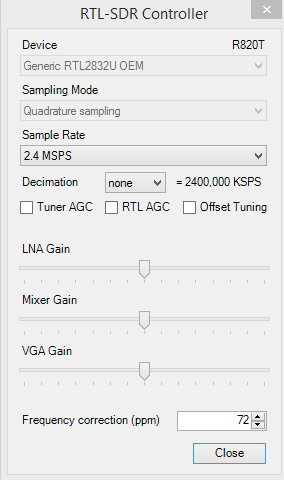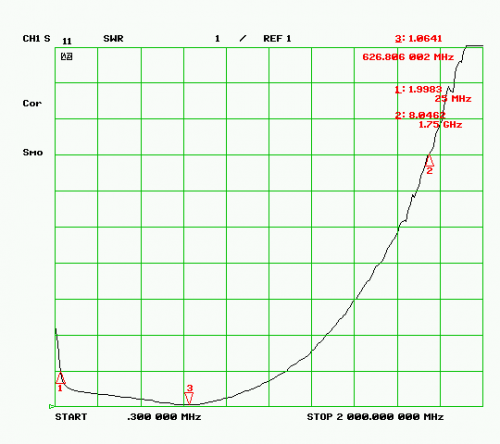Over on YouTube user Mile Kokotov has uploaded a video showing how he optimizes reception of weak signals in the presence of strong signals on the Airspy software defined radio. He writes:
Using Airspy SDR, I find the interesting way to improve SNR (Signal to Noise Ratio) of the receiving signal, especially in case when very weak signal, which is signal of interest, is close to strong unwanted signals making nonlinear distortion in the receiver front end.
There are two cases:
1. If the weak signal frequency is higher than strong unwanted signals, than you can place the weak signal to the left edge of spectrum window, just before the receiving signal levels goes down to the left. Then you can increase the IF-Gain, Mix-Gain and LNA-Gain so you can improve SNR of weak signal without getting nonlinear distortion from the strong signals with lower frequency.
2. If the weak signal frequency is lower than strong unwanted signals, than you can place the weak signal to the right edge of spectrum window, just before the receiving signal levels goes down to the right. Then you can increase the IF-Gain, Mix-Gain and LNA-Gain so you can improve SNR of weak signal without getting nonlinear distortion from the strong signals with higher frequency.
Of course, the best possible way to improve SNR in wide-band receivers sach is Airspy, Funcube, RTL-SDR and others, is by using narrow filter before Airspy front end, but you will loose wide-band possibilities in that way…
The Wide Dynamic range LNA at the antenna side is strongly recommended for VHF/UHF !





